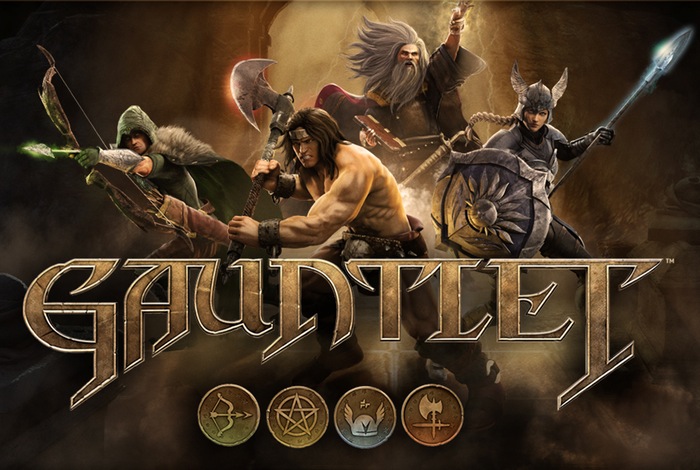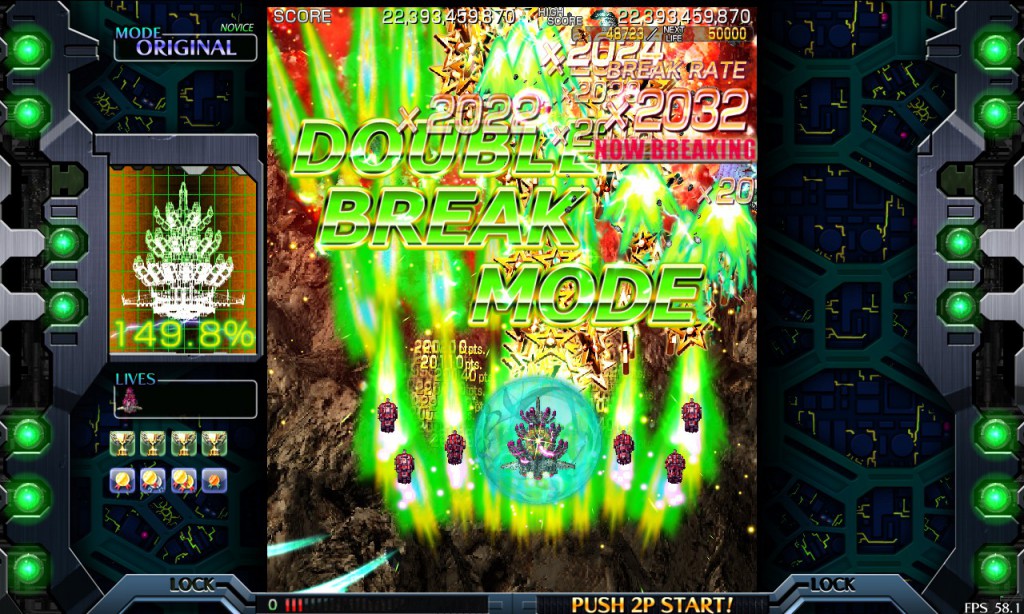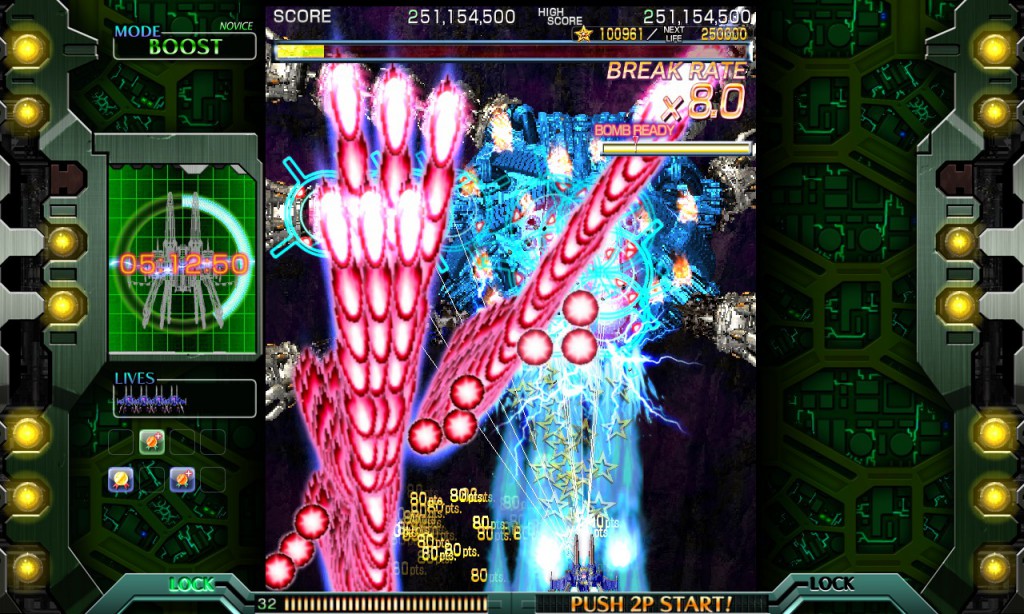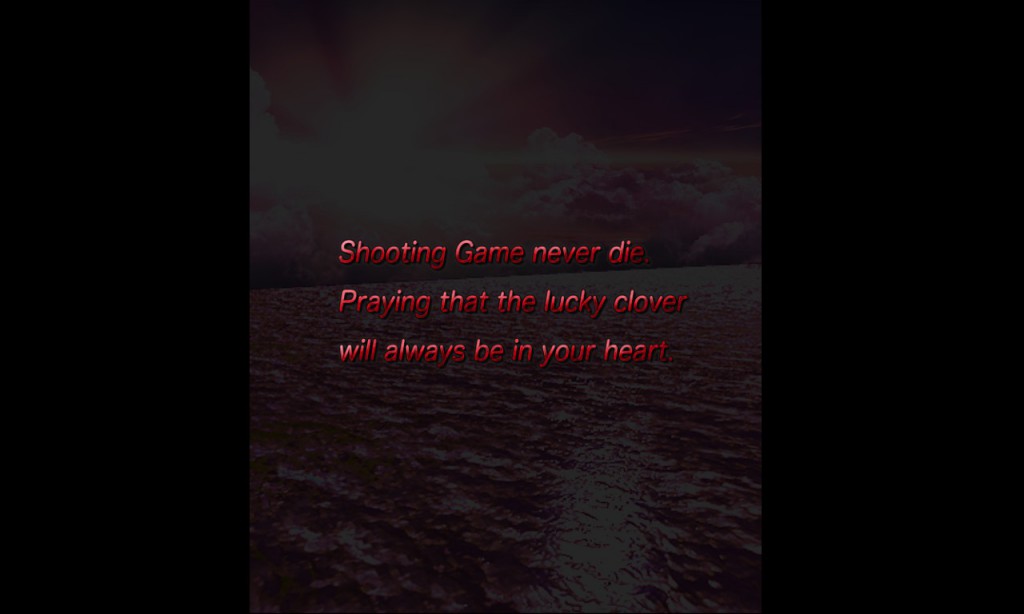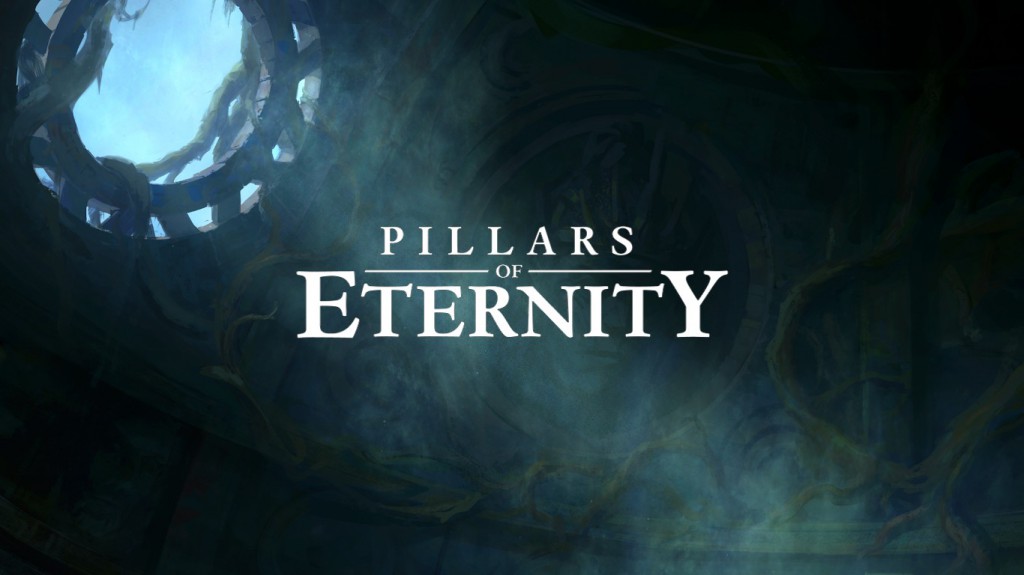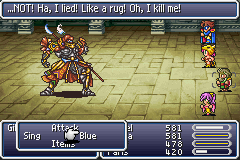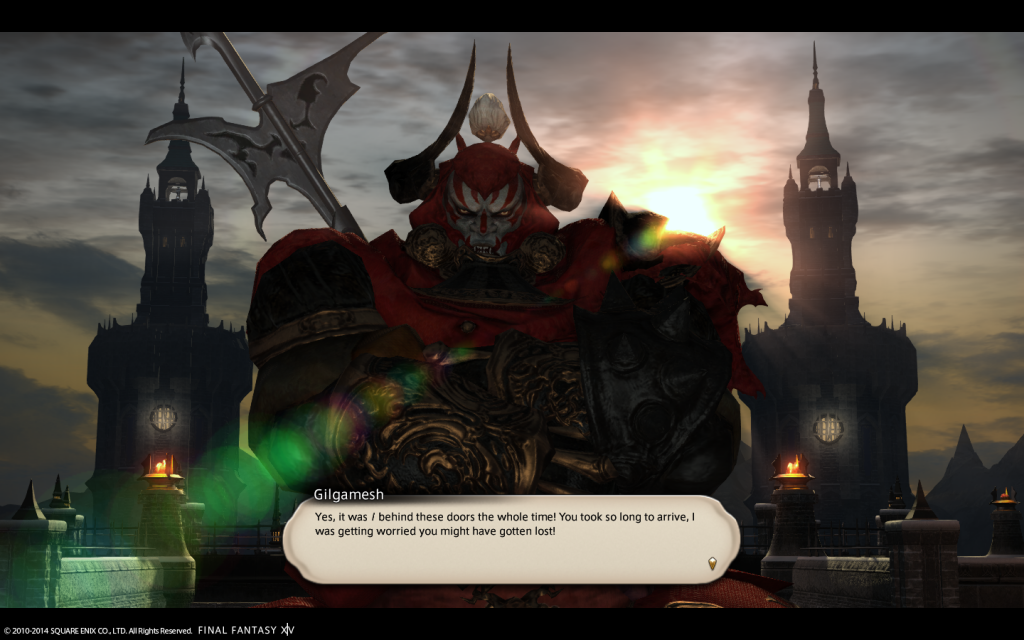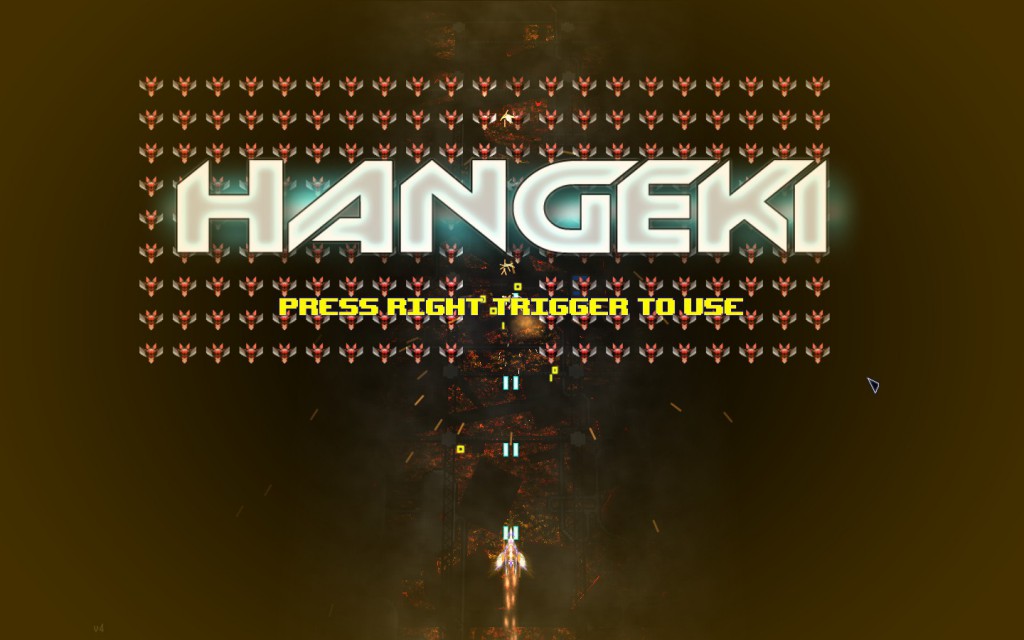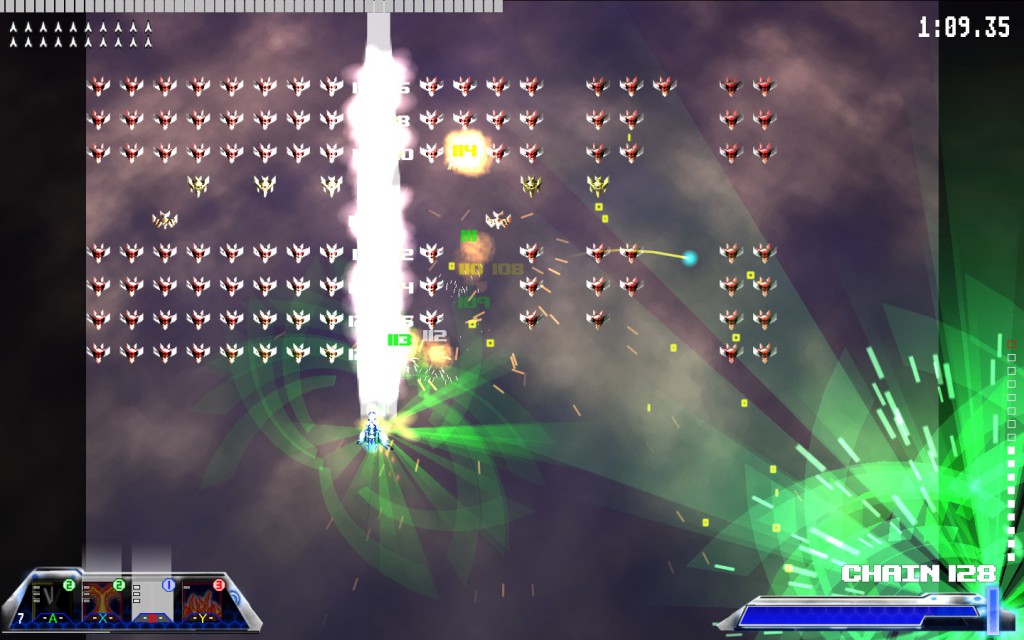Blaugust is almost over, and I have a few thoughts on the whole process. Kodra wrote about the same thing yesterday, and I thought I’d share my thoughts on it.
Worth
First, I believe the event was absolutely worth it for me personally. I’m a lot more comfortable writing things on relatively short timelines. I feel like I know a bit more about what sort of posts people actually click on (and while it might help, I’m still not going to change how I title my posts). Some of my habits while playing games have changed a bit. I’m always looking for ways to take screenshots now, and taking note of things that work and things that don’t, so I can say things about the games I play other than “It was fun” or “It sucked”.
More importantly, it’s been a good way for me to see what other people are writing about. I’ve taken the opportunity to see a lot of content from people who weren’t part of NBI (and some people that were, but I wasn’t following that closely). Special mentions in particular to Isey and Murf, who’ve given me plenty of ideas about things to write about, whether they know it or not. Both Rae and Kodra (fellow Aggrochat participants) used the opportunity to start posting more. Because this is as good a place as any to mention it, Tam has also started a blog this month (although if he manages to write 31 posts before the end of the month I’ll be both shocked and impressed).
But…
However, I’m pretty sure I’m going to go back to posting 2-3 times a week in September, probably starting the second week of September. It’s had the desired effect on me, and I’m going to finish out the month, but daily posting is not something I’m willing to do long-term. It’s a bit easier during the week, especially if I can get a draft up (or sometimes a post, if it doesn’t need actual screenshots) during lunch. It suffers a lot on the weekends, when I’d rather be playing games than writing about them using that time. There have also been a few days where I worked on a post, and then decided that it needed more work than I had time for and posted something else instead. (This is what happened yesterday, I’m sure the original idea will surface eventually).
A journey of self-discovery is worth it even if we fall a bit short of the end goal, so this one satisfies. You should really check out the Blaugust Initiative for more posts on a variety of topics by other people. Did I mention that Tam wrote an introductory post?



